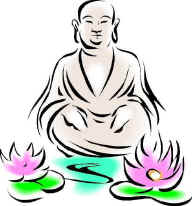Quyu Xiaoban in patients with unstable angina pectoris

Here’s what happened when Quyu Xiaoban (QYXB) was given with the aspirin.
First, the details.
- 90 patients with unstable angina were randomly divided into 2 groups.
- A control group received 300 mg aspirin followed by 100 mg plus usual unstable agina therapy for 4 weeks.
- The other group received the same treatment plus QYXB.
And, the results.
- Both groups showed improvement in the severity of angina pectoris and traditional Chinese medicine symptoms and signs.
- But the rate of clinical improvement was greater in the QYXB group.
- There was no difference in the rate of ECG (electrocardiogram as a measure of heart rate and rhythm) improvement between groups.
- Platelet aggregation (an initial event in clotting) and P-selectin levels (also involved in clotting blood) decreased a little but significantly more in the QYXB group.
The bottom line?
The authors concluded that adding QYXB to aspirin therapy results in “significantly attenuated angina attacks and improved traditional Chinese medicine symptoms and signs in patients with unstable angina pectoris. The exact mechanisms underlying these therapeutic effects remain to be explored.”
One more study. In 2005, members of this group of researchers reported that in 80 patients with atherosclerosis, QYXB added to a high-frequency ultrasound technique was also associated with delayed progress and enhanced stability of atherosclerotic plaque. Cholesterol levels also declined significantly.
7/12/07 19:48 JR